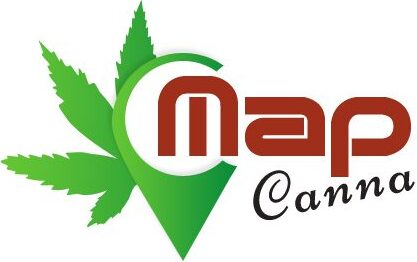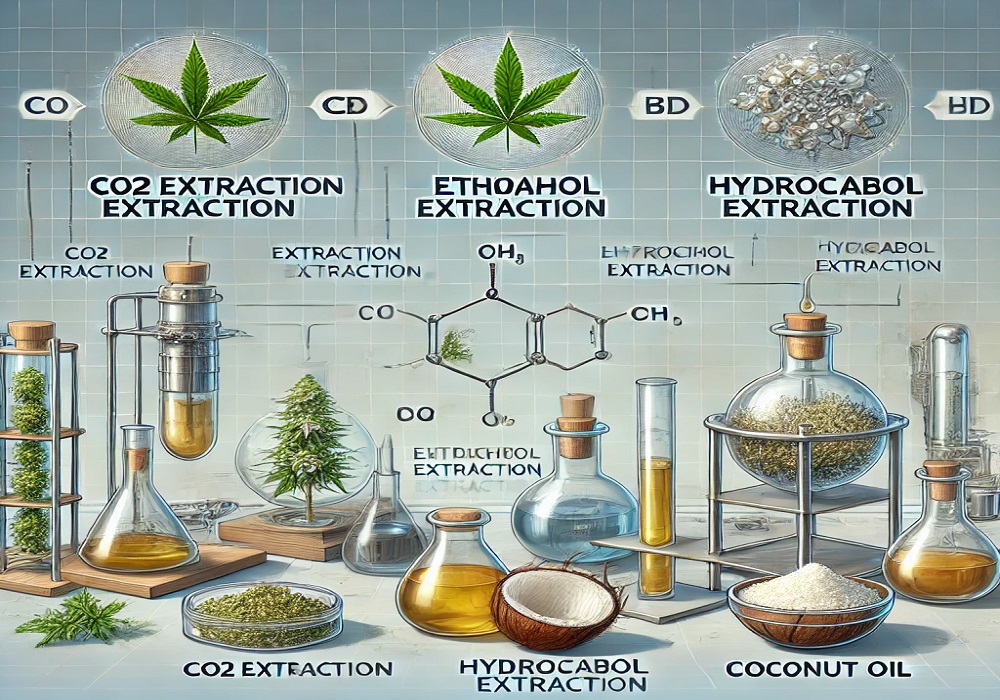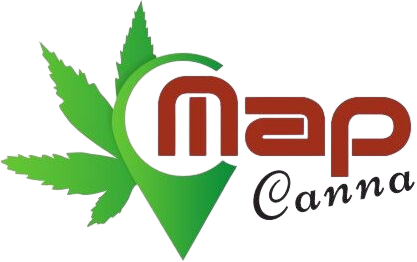CBD has gained immense popularity due to its potential wellness applications. However, the quality of CBD depends largely on the extraction method used. Understanding how CBD is derived from hemp or cannabis plants can help distinguish superior products from subpar ones.
Extraction plays a crucial role in determining purity and safety. Some methods ensure minimal contamination, while others might leave behind unwanted residues. Below is an in-depth look into various techniques used in CBD extraction and how they impact the final product.
What is CBD Extraction?
CBD extraction refers to the process of obtaining cannabidiol from the hemp or cannabis plant. The method used determines the composition of the final extract. A clean, safe extraction process ensures a purer and more effective product. However, certain methods can leave residues that might alter the purity and safety of the CBD extract.
When choosing CBD, understanding the method used in extraction can provide insights into the product’s safety and effectiveness.
Different Methods of CBD Extraction
Hydrocarbon Extraction
One of the traditional ways of extracting CBD is through hydrocarbons such as butane, propane, and hexane. This process involves submerging the plant material in a hydrocarbon solvent, which helps dissolve essential cannabinoids and terpenes. The liquid is then heated, allowing the solvent to evaporate, leaving behind the CBD extract.
Although this method is cost-effective and relatively simple, it has significant drawbacks:
- Potential Contamination: Residual solvents might remain in the final product, posing health risks if consumed regularly.
- Flammability Risks: The substances used are highly volatile, increasing the likelihood of explosions or fires during production.
- Lower Quality: The final extract may contain impurities, reducing the overall effectiveness of the CBD.
Due to these issues, hydrocarbon extraction is less preferred for high-purity CBD production.
Ethanol Extraction
Ethanol extraction is another common method used for CBD production. This process involves using high-proof ethanol to extract cannabinoids from the plant material. The solvent binds with cannabinoids and draws them out of the plant. The ethanol is then evaporated, leaving behind a CBD-rich extract.
While ethanol extraction is relatively safer than hydrocarbon methods, it still has some concerns:
- Presence of Unwanted Compounds: Ethanol can extract chlorophyll along with cannabinoids, which might give the final product a bitter taste.
- Potential Chemical Contaminants: Some manufacturers use denatured alcohol containing substances like methanol, which could pose health risks upon consumption.
- Loss of Cannabinoids: Some beneficial compounds may be lost in the process, reducing the overall quality of the extract.
Ethanol extraction remains widely used, but refinements in purification are necessary to produce a high-quality product.
CO2 Extraction
CO2 extraction is widely regarded as one of the safest and most efficient methods for obtaining CBD. This process involves using pressurized carbon dioxide to extract cannabinoids from the plant material. CO2 is pushed through the plant at varying temperatures and pressures to isolate CBD without leaving harmful residues.
Advantages of CO2 Extraction:
- Produces a pure, high-quality extract.
- Eliminates the need for harmful solvents.
- Environmentally friendly and sustainable.
Although this method requires expensive equipment and expertise, it is the preferred choice for producing clean and potent CBD products.
Lipid-Based Extraction
This method involves using natural fats, such as coconut oil or MCT oil, to extract cannabinoids from hemp. Heat is applied to the mixture, allowing cannabinoids to bind to the fat molecules. The result is a full-spectrum CBD extract that retains various beneficial plant compounds.
Benefits of Lipid-Based Extraction:
- Avoids the use of harsh solvents.
- Maintains a broad range of cannabinoids and terpenes.
- Ideal for homemade or small-scale production.
Although this method is effective, it has limitations in large-scale CBD production due to lower yield efficiency.
Key Factors in Choosing a CBD Extraction Method
When selecting CBD products, it’s essential to understand the extraction process to ensure safety and effectiveness. Here are a few key factors to consider:
- Purity: The extraction method should minimize contaminants and residual solvents.
- Efficiency: An ideal extraction process should preserve the full range of beneficial cannabinoids.
- Environmental Impact: Sustainable and eco-friendly processes are preferable.
- Safety: The method should not introduce toxic substances into the final product.
By considering these factors, consumers can make informed choices about the CBD products they use.
Finding Quality CBD Products
A trustworthy supplier uses reliable extraction methods that maintain purity and potency. If you’re looking for high-grade CBD, Og-cbd.fr provides a wide range of carefully processed products designed for maximum effectiveness.
With a focus on safety, quality, and transparency, their products undergo rigorous testing to ensure they meet high standards. Whether searching for CBD oils, edibles, or topicals, sourcing from a reputable provider ensures a premium experience.
Conclusion
The extraction process plays a crucial role in determining the quality of CBD. While some methods might be cost-effective, they may not always yield a safe and effective product. Choosing a CBD product extracted using a clean and reliable method ensures a better experience with minimal risks.
For those looking to explore premium-grade CBD, cbd shop in france provides a selection of well-crafted products that prioritize purity and effectiveness. Always choose carefully and prioritize quality when selecting CBD products.


